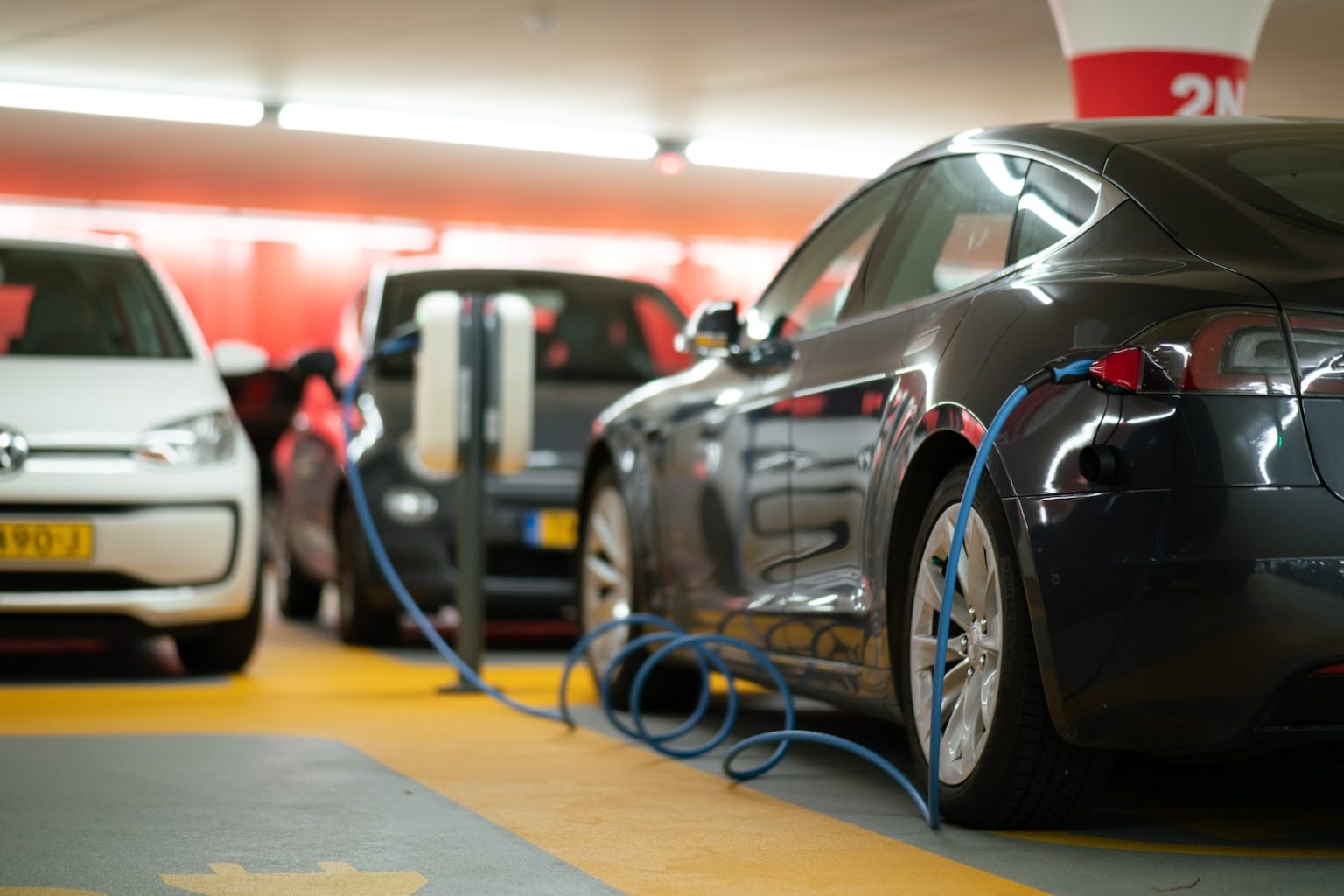Amid rumours and speculations surrounding the electric vehicle (EV) market slowdown, our forecast for the coming year reveals an electrifying truth – EV sales are set to charge ahead in 2024!
Contrary to the gloomy headlines, last year witnessed record-breaking EV sales in the United States, both in sheer numbers and as a percentage of the new car market. Global sales mirrored this trend, with EVs accounting for a whopping 8.8 percent of the total 15.5 million vehicles sold in 2023, according to the EV Sales Tracker from EVadoption.
But what about the alleged downturn? Well, it seems some misunderstandings have sparked these claims. Yes, there was a slowdown in the growth rate of EV sales in the latter half of 2023. Higher consumer interest rates, a scarcity of budget-friendly EV options, popular model shortages, and concerns about the reliability of certain public EV charging stations played their part. However, it’s crucial to note that a dip in growth rate doesn’t equate to a decline in actual sales.
Some major players, notably GM and Ford, pressed the brakes on their investments to expand future EV battery or assembly capacity. While reasons were cited, such as the need to conserve cash in a period of elevated loan rates, these delays don’t spell the end of their EV ambitions.
Excitingly, the EV market is gearing up for a surge in 2024. Colin McKerracher of Bloomberg projects nearly 1.9 million EVs to hit the UK market this year, constituting a robust 13 percent of new car purchases. Factors contributing to this surge include a more stable supply chain, the introduction of eagerly anticipated new vehicles, and fewer constraints that previously hindered availability.
New players are entering the game, with the 2024 Kia EV9 making waves as a three-row mid-size family SUV. Positioned similarly to the Kia Telluride but with a longer wheelbase, this model boasts a usable third row and a competitive starting price. Furthermore, a Hyundai Ioniq 7 sibling is set to join the lineup by the end of the year, manufactured at a new EV-only plant in Georgia.
However, not all automakers have smoothly transitioned into the electric future. General Motors, for instance, is grappling with delays in its next-generation Ultium architecture, initially promised in 2020. Despite forecasting sales of 400,000 EVs by mid-2024, GM fell short with only 13,838 Ultium EVs sold in 2023. The automaker has been notably silent about the specific issues causing these delays.
While GM faces challenges, Hyundai-Kia and Chinese manufacturers are making strides, introducing innovative EVs and capitalising on the current market dynamics. Chinese companies, buoyed by the success of models like the Polestar 2, are set to export affordable EVs to regions like the UK, circumventing import duties and challenging established norms.
As we navigate through 2024, the EV landscape remains unpredictable. Bloomberg’s McKerracher aptly describes the UK EV market as “the toughest to call,” citing Tesla’s continued dominance, the relentless pace of Hyundai and Kia, and contrasting claims from domestic giants Ford and GM regarding EV demand.
Incentives, a significant driver for EV adoption, changed on January 1. While fewer vehicles now qualify for purchase rebates due to stringent battery metal and assembly requirements, those eligible can now enjoy incentives at the point of purchase, rather than waiting for tax filing months later. Leasing an EV continues to offer full rebates, providing an enticing option for potential buyers.
In conclusion, the EV market is poised for an electrifying surge in 2024, debunking the pessimistic narratives. With new models hitting the streets, supply chains stabilising, and incentives evolving, the road ahead for electric vehicles appears paved with promise. As we charge into the future, it’s clear – the electric revolution is far from running out of juice!

